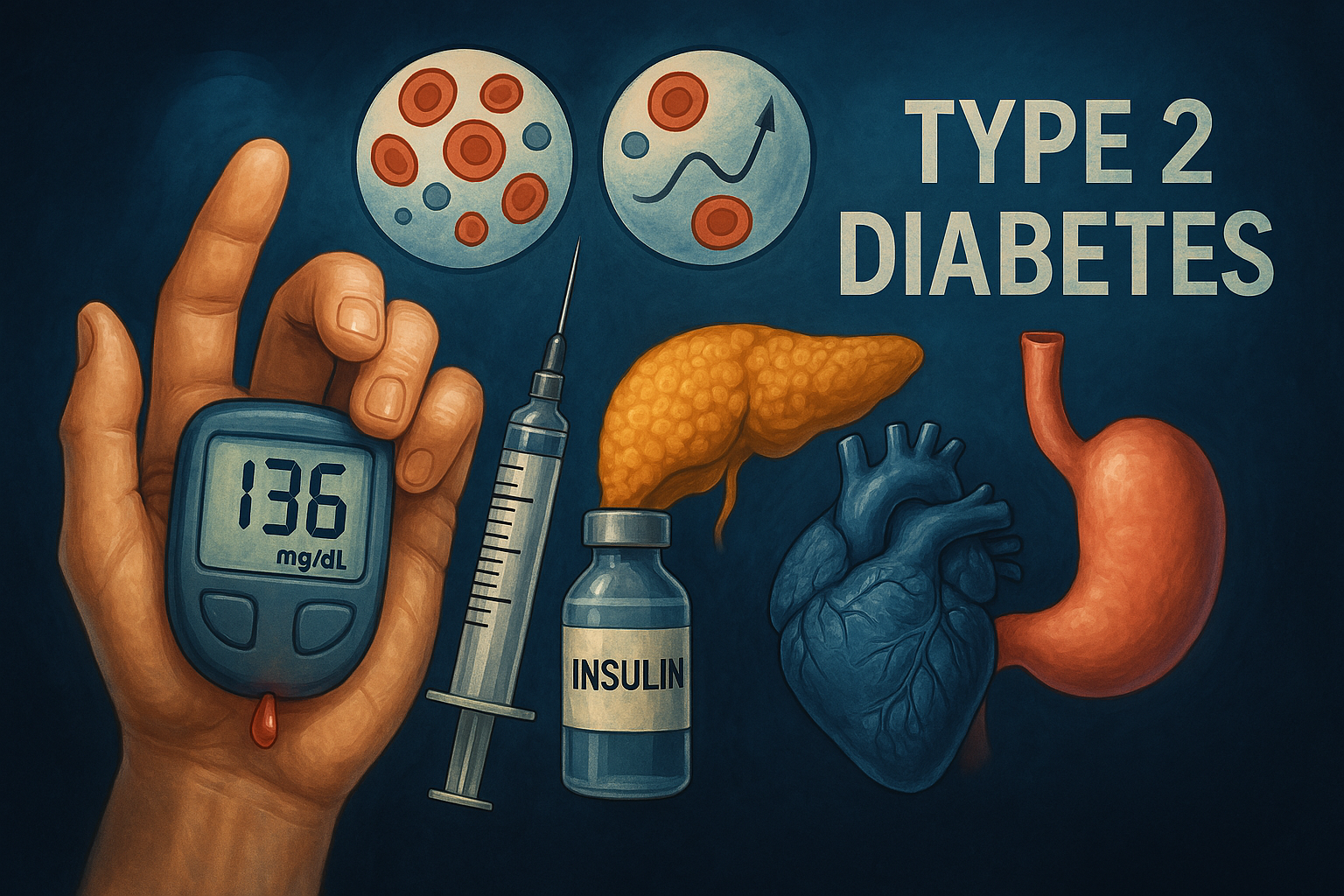
Type 2 diabetes mellitus (T2DM) is a chronic metabolic disorder with rising global prevalence and limited curative treatments. Through genetic integration using Mendelian randomization (MR) and genome-wide association studies (GWAS), 42 protein-coding genes were identified as being significantly associated with T2DM. Of these, six genes – CLSTN1, KCNJ11, MLX, DLD, RELA, and ULK1—shared common causal variants with the disease, indicating potential as drug targets.
CLSTN1, KCNJ11, and MLX showed negative associations with T2DM, suggesting protective roles, whereas DLD, RELA, and ULK1 were positively associated, indicating risk-enhancing roles. A matched case-control study validated these findings by measuring protein expression in 44 T2DM patients and healthy controls. Significant downregulation of CLSTN1, KCNJ11, and MLX, and upregulation of RELA and ULK1 were observed in diabetic patients. DLD, despite initial association, did not show a significant difference in expression levels.
To further understand these targets, phenome-wide association studies (PheWAS) were performed, revealing additional disease linkages such as the association between CLSTN1 and age-related macular degeneration. Drug prediction analyses using DSigDB and molecular docking simulations identified candidate therapeutic compounds with high binding affinities to the target proteins, supporting their druggability.
The biological roles of these proteins are diverse. CLSTN1 is linked to synaptic function and metabolic processes, KCNJ11 is critical for insulin secretion via KATP channels, and MLX is a transcription factor involved in glucose and lipid metabolism. RELA, part of the NF-κB pathway, contributes to inflammation-driven insulin resistance. ULK1, an autophagy initiator, plays a dual role in β-cell maintenance and metabolic regulation.
The biological roles of these proteins are diverse. CLSTN1 is linked to synaptic function and metabolic processes, KCNJ11 is critical for insulin secretion via KATP channels, and MLX is a transcription factor involved in glucose and lipid metabolism. RELA, part of the NF-κB pathway, contributes to inflammation-driven insulin resistance. ULK1, an autophagy initiator, plays a dual role in β-cell maintenance and metabolic regulation.
These findings offer strong genetic and experimental evidence supporting CLSTN1, KCNJ11, MLX, RELA, and ULK1 as potential therapeutic targets for T2DM. The integration of MR, colocalization, and validation strategies demonstrates the promise of genetically guided drug discovery and encourages further clinical investigation to evaluate these proteins in treatment development.

